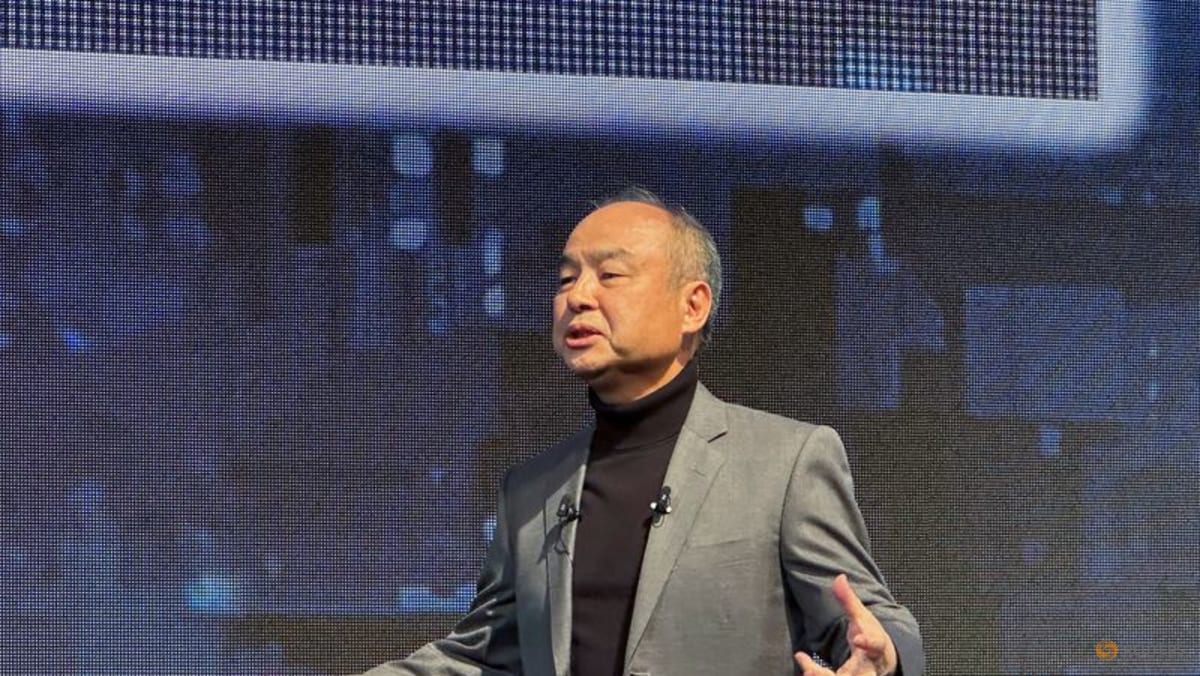PARALLELS WITH WEWORK
Call me overly cautious, but the SoftBank founder’s latest fascination feels eerily familiar, especially if we look back on the WeWork days. From Son’s funding pattern to the flawed income-liability mismatch inherent in the two unicorns’ business models, there are many parallels.
In both cases, SoftBank was late to the game, forcing Son to shell out billions of dollars to just sit at the table. WeWork had been fundraising since 2011, but the Japanese company did not come in until 2017, after the creation of the first US$100 billion Vision Fund.
Similarly, OpenAI’s record-breaking round this year was late-stage, which often limits a venture capital’s upside. This deal also raises concentration risk for the Japanese conglomerate. It would be SoftBank’s second-largest asset, after ARM, if Son invests the full amount. By the end of June, he had already put in US$9.7 billion.
A sharp jump in valuation in a short time is another common trait. SoftBank first took a WeWork stake in August 2017 at a US$21 billion valuation. Just over a year later, it put in another US$3 billion, more than doubling the valuation to US$45 billion.
Likewise, SoftBank is purchasing OpenAI shares in a secondary sale, which values the company at US$500 billion, nearly twice the price Son was spending about six months ago. Is Son overpaying?
Ultimately, both unicorns have given out rosy projections without going through a down cycle. WeWork failed in part because the COVID-19 pandemic changed how and where people work, thus diminishing office demand.
And one can only hope that generative AI is not disrupted by external forces, such as electricity shortages and an energy crisis, because OpenAI’s sky-high valuation relies on perfect operations. In its latest forecast, the startup said it expects to generate US$200 billion in sales in 2030, from only US$13 billion this year.
